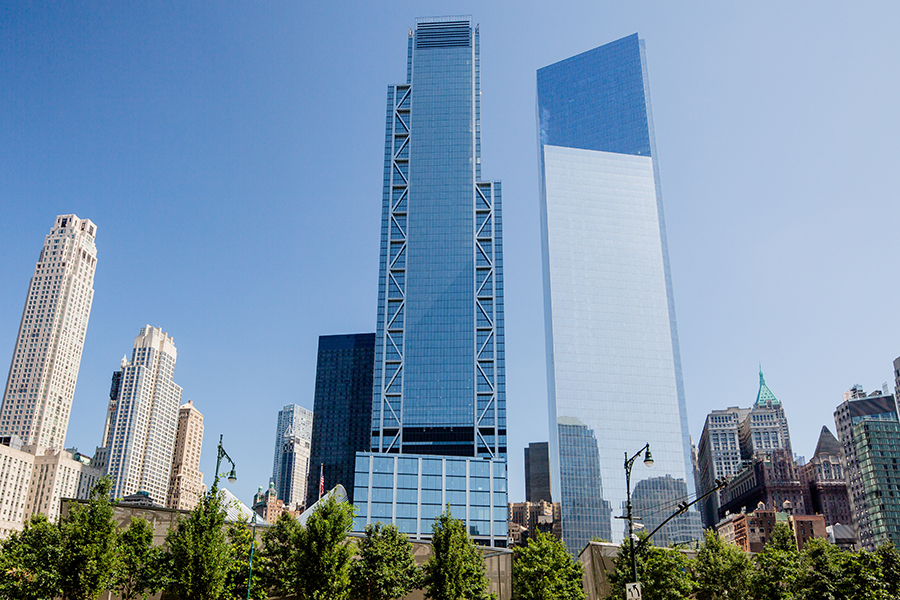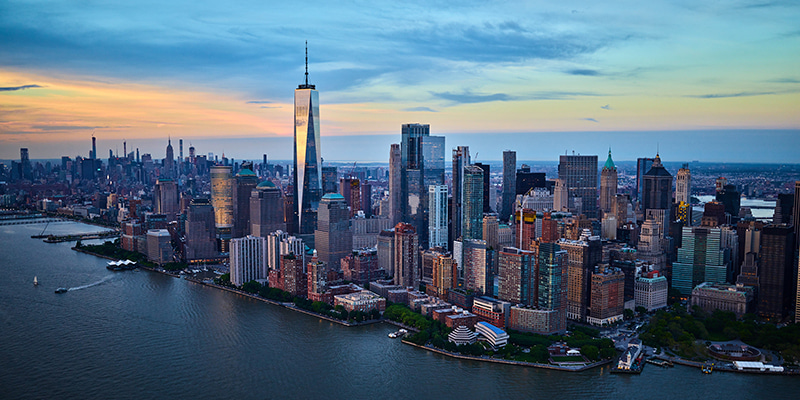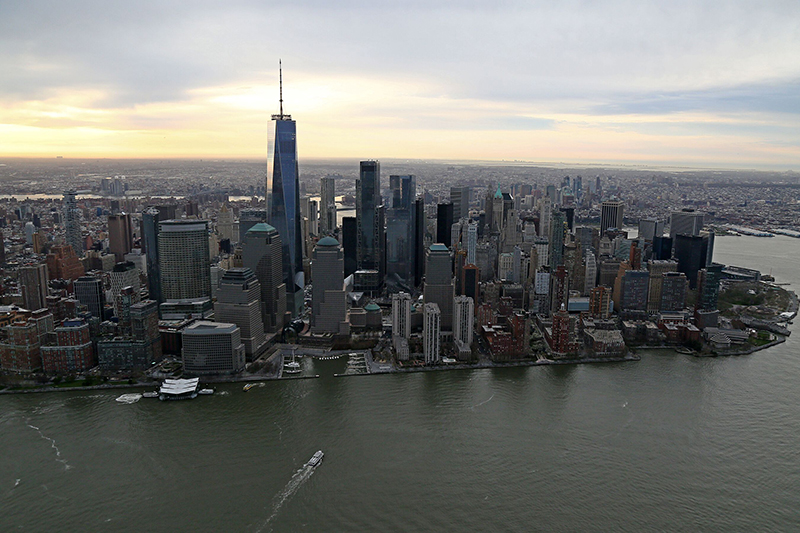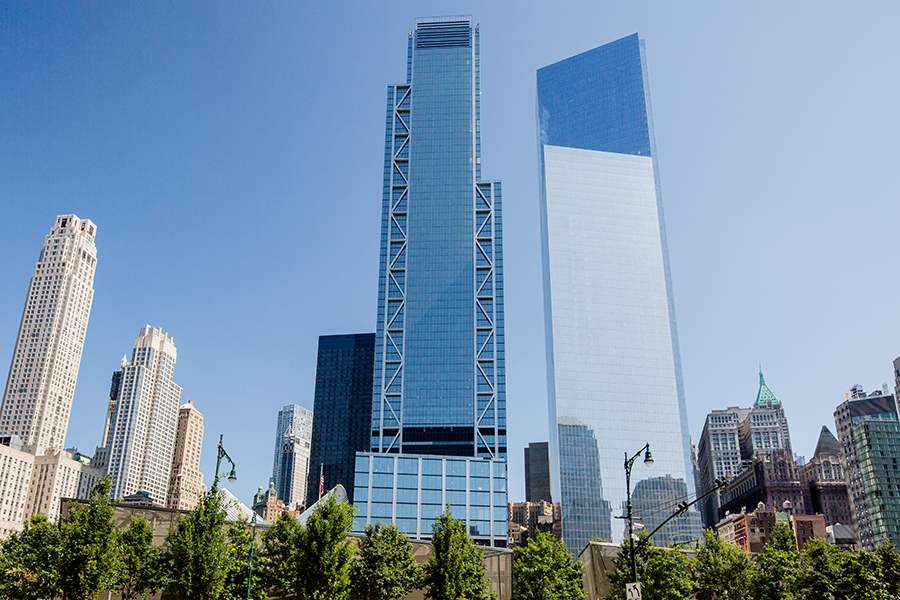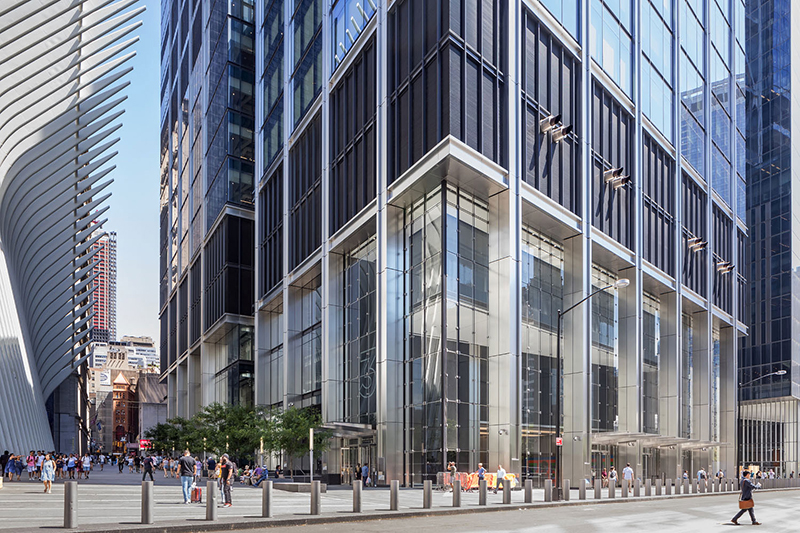By Steve Cuozzo | The New York Post
Long before Condé Nast took 1 million square feet at 1 World Trade Center, the New York Academy of Sciences took 40,000 square feet at 7 World Trade Center — a small lease signed in 2005 which, in years to come, might go down in the annals as the truly pioneering deal.
The Academy’s move to Larry Silverstein’s 7 WTC proved to be the first, brave baby step toward filling up the 52-story, 1.7 million square-foot tower — a momentous threshold just achieved.
As first reported yesterday morning on nypost.com, financial advisory firm MSCI took 125,000 square feet on the building’s 47th-49th floors. The milestone lease brings the project to substantially 100 percent occupancy.
It also illustrates momentum downtown. MSCI is expanding from about 80,000 square feet at 1 Chase Plaza and 88 Pine St., which it will leave. CB Richard Ellis global brokerage chief Stephen B. Siegel, head of 7 WTC’s leasing team, said while negotiating with MSCI, “There were two other deals backing it up, including one banging down the door.”
The now-completed saga of 7 WTC vindicates downtown’s commercial viability during a decade when many had written it off. Had 7 WTC flopped, it’s unlikely that 1 and 4 WTC would be rising, much less that Condé Nast would have taken the plunge. It affirmed that new, speculative state-of-the-art Manhattan office buildings invariably succeed, despite griping that new construction will produce a “glut.”
It’s easy to forget how widely hated 7 WTC was in political and real estate circles. The abuse began practically the day ground was broken in 2002. Mayor Bloomberg blasted Silverstein for asking $50 a square foot in a project without signed tenants. Since other downtown addresses fetched $35 a foot, why not 7 WTC?
Sen. Chuck Schumer questioned Silverstein’s ability to draw tenants. The New York Times and Daily News blasted the project for supposedly glutting the market. New York Magazine called it “Larry’s 52-story problem.”
They didn’t grasp that office-tower design has advanced more in the past 10 years than it had in the previous 40, and that companies would pay dearly for the handful of addresses where it could be found.
Rival developers and some leasing brokers loathed 7 WTC as well. Fearing its unclaimed space would drive down rents, and resenting that Silverstein was able to bankroll the $700 million project with insurance proceeds, they privately rooted for it to fail.
Some might have thought they were getting their wish before and after the tower opened in May 2006. A major lease collapsed when China’s Vantone Beijing failed to post a letter of credit. Talks with law firm Fried, Frank to occupy much of the tower fell through. In 2008, HSBC backed out of advanced talks for five floors. In 2009, ABN Amro put up for sublease all 140,000 square feet it had rented, effectively placing Silverstein in competition with his own building.
Meanwhile, 7 WTC had to fend off warnings that no one would ever want to work at the site again — and with the mess all around it. “The site across the street was a disaster,” Silverstein said yesterday. “It was one massive, horrendous urban blight directly south of it.”
“Ground Zero” remained that until the Port Authority, energized by new executive director Chris Ward, began excavating in earnest in 2008. The macabre ruin of the CUNY’s old Fiterman Hall, practically at 7 WTC’s door, stood until two years ago.
Yet, amidst the shambles, 7 WTC’s glimmering trapezoidal form designed by David Childs drew raves from architectural critics. Jenny Holzer

